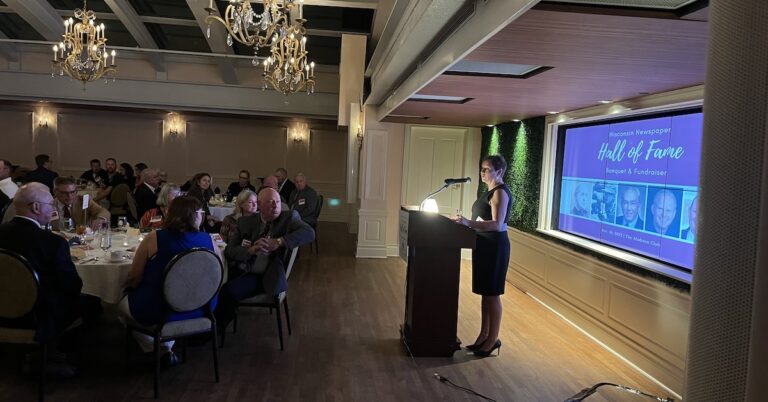Weekly Fiscal Facts are provided to Wisconsin Newspaper Association members by the Wisconsin Policy Forum, the state’s leading resource for nonpartisan state and local government research and civic education. The Wisconsin Policy Forum logo can be downloaded here.
- Download this column as a Word document
- See other WNA Member Content offerings
While consumers may be binge-watching video more than ever in a time of social distancing, new data shows cable television revenues falling in Wisconsin in the run-up to COVID-19. More Wisconsin households may be “cutting the cord” and dropping cable in favor of internet video streaming services such as Disney Plus, Hulu, and Netflix.
If not for a 2019 state aid program linked to higher cable revenues, this change in the video marketplace could be costing local governments, which may collect video service provider (VSP) fees from cable and telephone companies, but not from the streaming companies.
To address what cable companies viewed as a competitive disadvantage, the 2019 state budget cut VSP fee rates — although many localities were already below the 5% cap — by 0.5 percentage points across the board in 2020, and by another 0.5 points in 2021, for a total reduction of one percentage point over two years. To compensate local governments for the lost revenues, the measure also created an aid program that reimbursed municipalities nearly the full $5 million allowed in 2020 and will pay up to $10 million in 2021 and every year thereafter.
The 491 communities that applied for the assistance in each of its first two years reported that their cable and telephone video providers saw an $11 million (1.1%) decline in their gross receipts, from $989 million in 2018 to $978 million in 2019, according to state Department of Revenue data. As a result, those same communities also lost $464,862 in VSP fees collected as a percentage of those lower receipts, from roughly $46.1 million to $45.6 million.
These figures suggest that those fee revenues were dropping even before the 2020 rate cut, likely due to declining cable and telephone video consumers. The new state aid payments, frozen at a level based on higher past cable receipts, may provide a partial cushion for these reduced local revenues. But going forward, municipalities could seek direction from state and federal officials on other options for more stable revenue sources that level the fee playing field between cable and streaming.
This information is provided to Wisconsin Newspaper Association members as a service of the Wisconsin Policy Forum, the state’s leading resource for nonpartisan state and local government research and civic education. Learn more at wispolicyforum.org.



